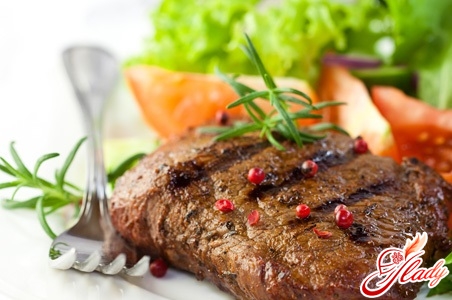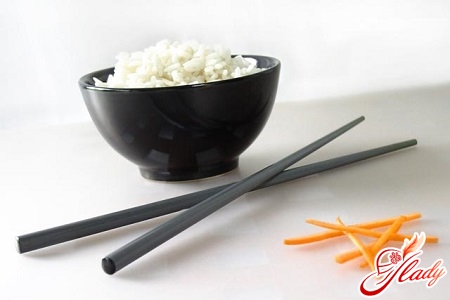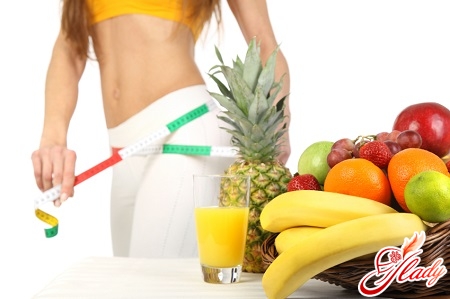
For many, the word "diet" sounds awesome. Some immediately begin to believe that they will have to starve and deny themselves literally everything. But is it? Can I get rid of extra pounds without harm to health and effectively? We describe such a method of weight loss, as a salt-free diet for weight loss.
What is the essence of the diet?
Let's get into the very essence of this diet. So, salt is an important component not only for preparing various dishes, but also for the human body. It is contained in the blood, in the lymph and in every cell. Without it, the normal functioning of systems and organs is simply impossible. So we can not do without sodium chloride. But, as you know, in everything you need to know and observe the measure. And salt is no exception. So, a person a day is enough for 5-7 mg of salt. This is about 1 teaspoon. But this does not mean that this amount should be and can be used in full. The fact is that in many foods, sodium chloride is already contained. And if we are talking about shop semi-finished products (sausage, sausages and so on), then the content of salt is simply off scale! Now we need to understand if salt can be dangerous. What can lead to its excess in the body? And here's what. Sodium chloride has the property of retaining liquid. And the excess water, as is known, will not lead to anything good either. There will be swelling, the load on the kidneys, blood vessels, heart will increase. Blood pressure will increase. The figure will suffer too. Excess salt slows down metabolic processes. And if the metabolism is slowed down, then energy will be consumed much more slowly. And this means that the surplus of carbohydrates, calories and fats will go "in reserve," there will be extra pounds. That is why a decrease in salt intake will have a very favorable effect on health and help reduce body weight. 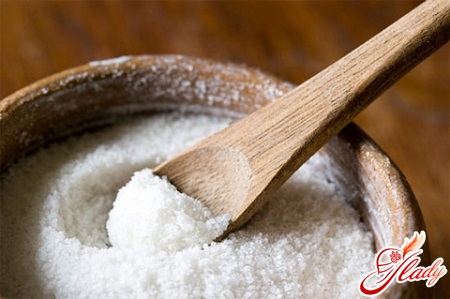
Basic principles of nutrition
So, what are the principles that should be followed whenobservance of a salt-free diet? Should fanatically renounce salt or should only restrict the intake of sodium chloride in the body? Let's list the basic rules and features of the diet, which will help find the golden mean.
Compliance with these rules will make the process of losing weight more rapid and effective.
Which products are prohibited and which are allowed?
What foods should you exclude from your diet for the duration of the diet:
- pickles,
- canned food and marinades,
- fatty,
- roast,
- smoked,
- semi-finished products,
- spicy dishes,
- sour food,
- confectionery: cakes, pastries, pies and cakes, sweets, chocolate,
- Fat types of meat, in particular, pork and lamb,
- strong fish and meat broths,
- fatty fish.
All this will not be useful for the figure and will slow down the process of losing weight. Now about what you can and even need to eat to stay healthy and slim. Here is the list:
- vegetables (steamed, stewed, boiled and raw),
- fruit,
- fermented milk and dairy products,
- berries,
- low-fat varieties of meat and fish,
- eggs,
- cereals in the form of cereals,
- beans,
- wheat and rye bread,
- vegetable broth,
- dried fruits.
It is worth noting that even if the diet is limited,then this does not mean that the food will be monotonous, and the dishes are not tasty. On the contrary, you need to diversify your diet, prepare something new and unusual. There is a great variety of healthy, dietary and at the same time very tasty dishes. You can find recipes, for example, on forums where they communicate with each other and share advice that is as thin as you. And it is better to show your culinary abilities and imagination. You can both enjoy food and lose weight. 
Menu and recipes of salt-free diet
There are several options for a salt-free diet. The first of these is a four-day event. It is quite complicated. On the first day you need to eat only boiled potatoes without additives, washed down with tea or water. On the second day you should eat boiled rice or buckwheat. On the third day you can eat one chicken meat (white and boiled). And on the fourth day, eat potatoes again. Drink not limit. The second variant of the diet is designed for 15 days. There are five stages.
There is another simplified version thatallows you to eat any dietary dishes prepared without the addition of salt. For example, you can cook lean vegetable soup, cook a stew or bake fish in the oven. We offer an approximate version of the menu for one day. For breakfast, eat a portion of oatmeal or wheat flakes without sugar and milk. Drink a cup of tea (preferably without sugar). The second breakfast can consist of an apple and several walnuts. Lunch is as follows: lean soup, fish baked with vegetables, a glass of apple juice. Afternoon snack: 1 orange, 1 glass of natural low-fat yogurt. For dinner, you can eat a piece of boiled breast with vegetable salad. You can drink green tea or water. To salt food is not necessary.
Advantages and disadvantages of diet
Let's start with the benefits and advantages:
Now about the shortcomings, because they are also available:
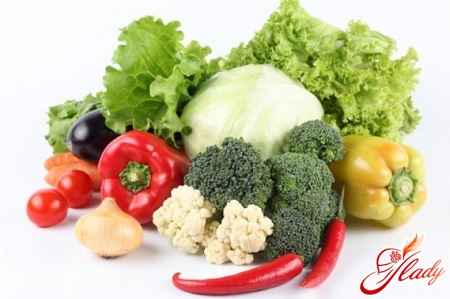
Indications and contraindications to the diet
In which cases is the salt-free diet shown and will be useful?
- It is clear that such a diet is designed to reduce weight, so that it is worth it to people suffering from excess weight.
- If there is swelling, then limiting the amount of salt consumed will help get rid of them.
- A salt-free diet is indicated for those who have certain diseases of the cardiovascular system.
- Indications are and certain problems with the kidneys.
But there are situations in which a salt-free diet can do much harm:
- In summer, in the heat, the body loses a large amountfluid as a result of increased sweating. And together with the sweat there is also salt. And if in that case sodium chloride does not come from outside, that is, with food, then there will be a deficit, problems will begin.
- When a person is engaged in heavy physical labor, he also loses some of the salt reserves. Therefore, in this case, a salt-free diet will be inappropriate and even dangerous.
Efficacy and feedback on diet
Is a salt-free diet effective? Yes. First, if you have swelling, you can forget about them. The pressure will be normal, the work of the heart will improve. But we are interested in something else. How many kilograms will you manage to lose weight? So, if you chose the 4-day option, then during this time you can get rid of 2-3 kg. If you follow a diet designed for two weeks, you can lose up to 7 kg. But after the end of the diet, it is important not to break down and not "start all the hard." Continue to eat properly and dietary dishes, otherwise the lost pounds will return again very quickly. And to save the effect for a long time, you can again a month or two to go on a diet. But it is better to monitor the amount of salt consumed and to eat properly at all times. Reviews about the diet are mostly positive. Many confirm that they noticed changes in weight, and quite significant. But some still complain that the food at first seems tasteless, but after a while everything falls into place and the person gets used to dishes without salt. Some noted improvement in general condition and even felt lightness throughout the body and vivacity. You can only add that you need to lose weight with the mind and without harm to health!




